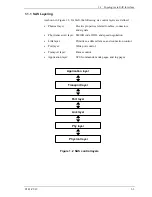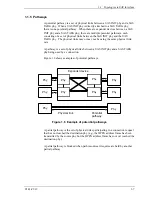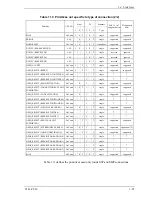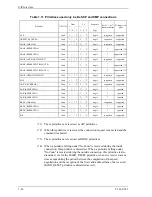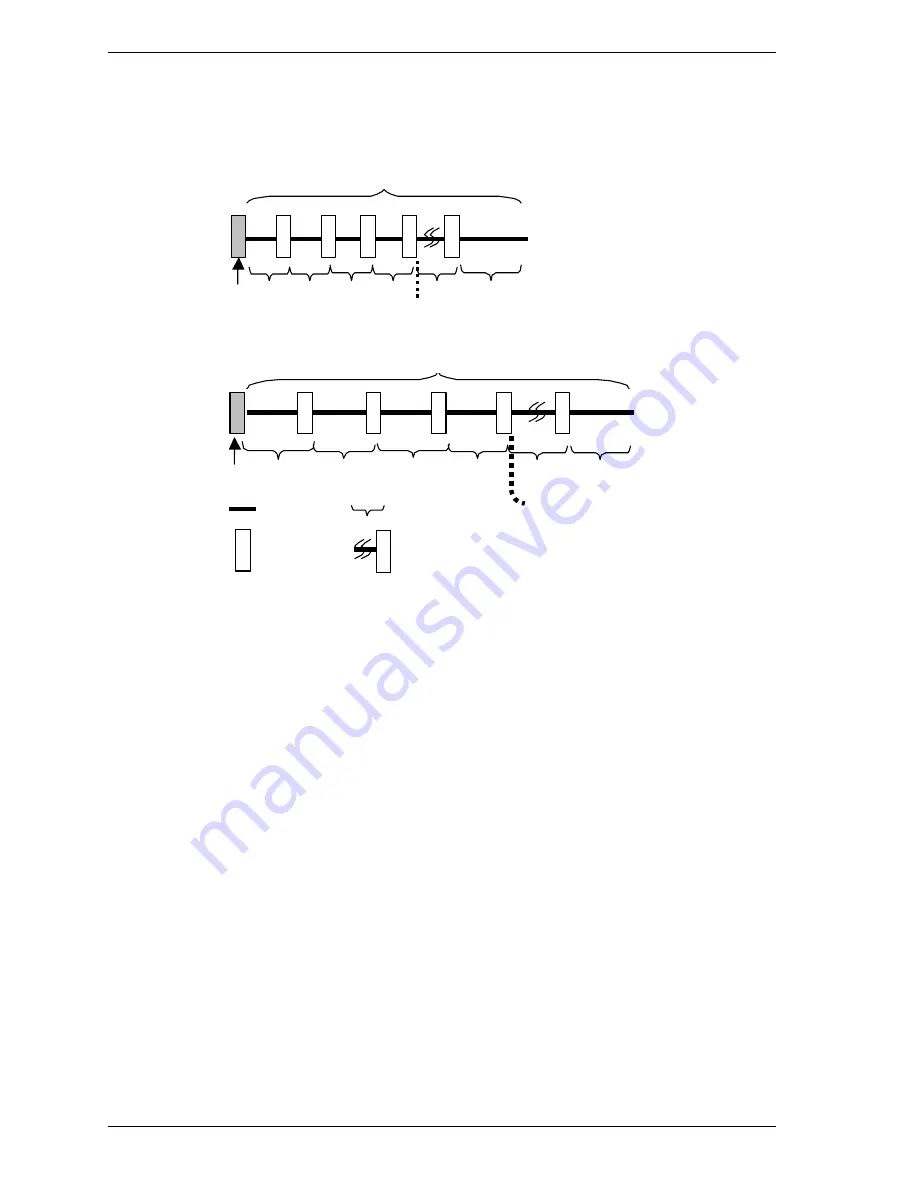
SAS Interface
1-16
C141-C012
Figure 1.9 describes SAS OOB signal detection by the SP receiver.
1
2
3
4
n
n
1
2
3
4
n
Any transitions
COMINIT
detected
COMRESET/COMINIT
COMINIT
negation
COMSAS
Any transitions
idle
ALIGN burst
nth
idle/Burst pair
idle/Burst pair
COMSAS
detected
COMSAS
negation
Figure 1.9 OOB signal detection
1.3.5 SAS OOB sequency
During the OOB sequence, the INIT and the drive first send the COMINIT signal
to each other, then the COMSAS signal. When they both have received the
COMSAS signal from each other, the OOB sequence is recognized as having
been performed successfully. Depending on the power-on timing, reception of
the COMINIT signal from the other side may not be detected. In such a case,
however, the OOB sequence is recognized as having been performed successfully
if the COMINIT and COMSAS signals have been sent by the time the COMSAS
signal from the other side is received.
When the OOB sequence is successful, the SAS speed negotiation sequence
starts.
Figure 1.10 shows several different SAS OOB sequences between phy A and phy
B, with phy A starting the SAS OOB sequence at the same time as phy B, before
phy B, and before phy B powers on.
Summary of Contents for MAX3036RC SERIES
Page 4: ...This page is intentionally left blank ...
Page 128: ...This page is intentionally left blank ...
Page 136: ...This page is intentionally left blank ...
Page 338: ...This page is intentionally left blank ...
Page 368: ...This page is intentionally left blank ...
Page 378: ...This page is intentionally left blank ...
Page 380: ...This page is intentionally left blank ...
Page 394: ...This page is intentionally left blank ...
Page 396: ...This page is intentionally left blank ...
Page 398: ......
Page 399: ......
Page 400: ......


